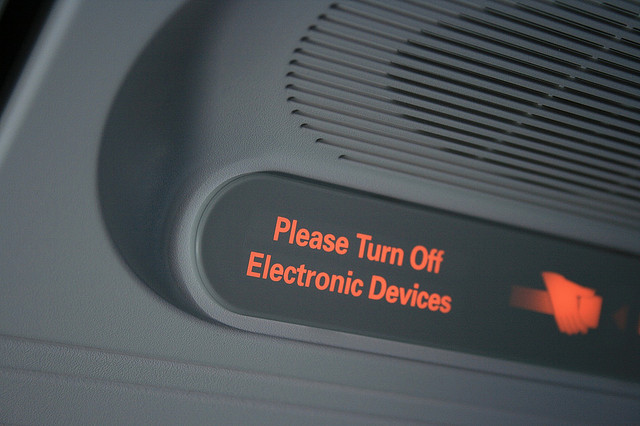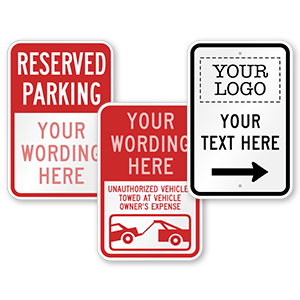Why are there still No Smoking signs on airplanes?

Twenty-five years after smoking was banned on airplanes, no smoking signs are still on most airliners. (Photo by twicepix used under a Creative Commons license.)
If you are at all familiar with flying on airplanes, you have noticed the ever-so obvious “No Smoking” signs above many of the seats. The FAA (Federal Aviation Administration) banned smoking in 1988 on all U.S. domestic flights and then in 2000 the ban extended to all commercial planes in the U.S. So why must we still be reminded? The answer really lies with the factors of compliance and convenience.
Airlines are private businesses, just like hotels or restaurants, and must work with federal laws to visibly enforce signage, especially those against smoking. Of course all airlines have their regular flyers who have memorized the preflight safety demonstration and are aware of the no-smoking rules, yet there are always new passengers that are unfamiliar with many of these laws or those that just choose to ignore them. In fact, since 2000, nearly 700 passengers have been prosecuted for smoking on airplanes.
Because of these rule-breakers and the safety hazards they create, FAA regulation requires ashtrays in airplane bathrooms as part of the “minimum equipment” necessary. The law states that even though smoking is not allowed on airplanes, lavatories must have “self-contained, removable ashtray located conspicuously on or near the entry side of each lavatory door.”

If smoking is banned on airplanes in the U.S., then why do they have ashtrays in the bathroom? (Photo by Fuzzy Gerdes used under a Creative Commons license.)
“Even though smoking is banned, many people continue to smoke on airplanes. This provides a place to put a cigarette, other than the waste bin, or somewhere less desirable where the ashes might start a fire,” said an FAA official.
Now that clears up a lot of the confusion. But why are there still permanently lit No Smoking signs in the main cabin? While No Smoking signs are certainly there as a constant reminder that smoking is not allowed on board, the signs are also because of convenience and cost.

Airlines, like other private businesses, must reinforce federal laws with signage, such as No Smoking signs (via mydoorsign.com).
Even though the lifespan of a commercial airplane is calculated by the number of pressurized cycles and not its number of years in service, many of the commonly used commercial airliners, like the Boeing 737,757, and 767, were certified in the eighties and are still in use today. According to FAA official John Petrakis, “There are 747s out there that are 25 or 30 years old.”
Before 1988, No Smoking signs were in place to delineate smoking and non-smoking sections in an airplane. Once these airplane designs were put into production, changes were expensive for the airline. The signs are often left as a harmless reminder.

Many new airplanes have replaced “No Smoking” with “Please Turn Off Electronic Devices” signs. (Photo by miss_rogue used under a Creative Commons license.)
Modern airliners, however, have begun replacing these somewhat dated “No Smoking” signs to updated, more relevant “Please Turn Off Electronic Devices” signs. The FAA’s new signs are supposed to warn passengers that electronic devices can interfere with navigation signals on ground during take-off and landing. Thousands have contended this issue claiming that electronic devices do not pose a safety issue in that respect, but can pose a safety concern in terms of distracted flyers and bothering other passengers.
With travel and technology evolving so quickly, you have to wonder: in twenty years will we be debating over No Electronic Devices signs the same way as we now clamor over older No Smoking signs?














